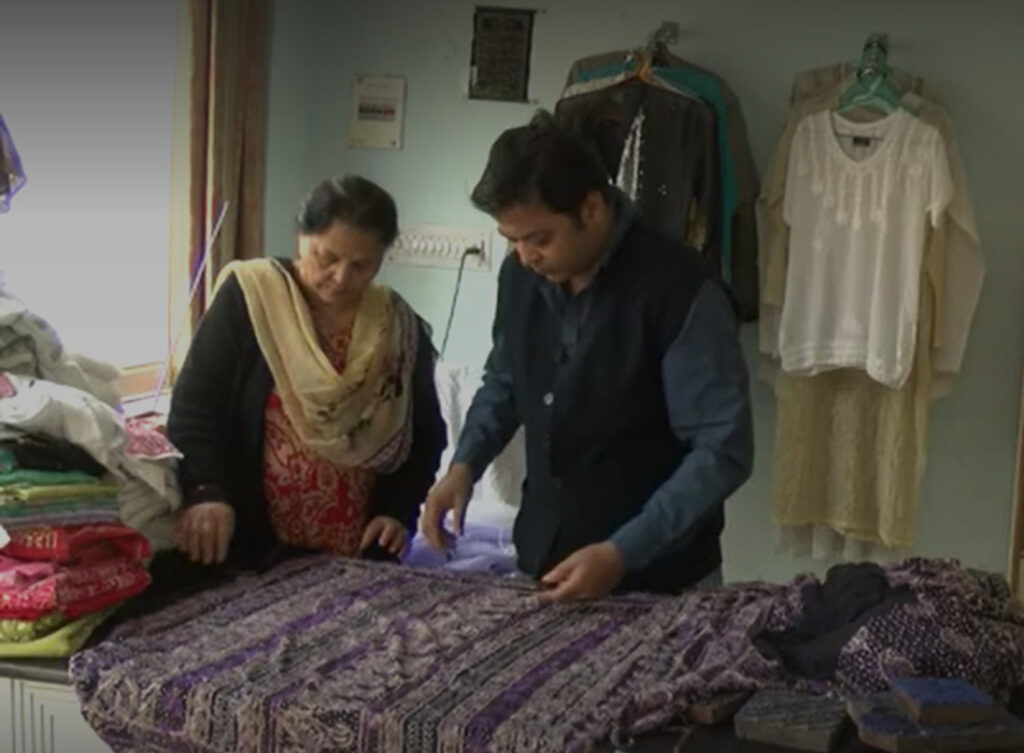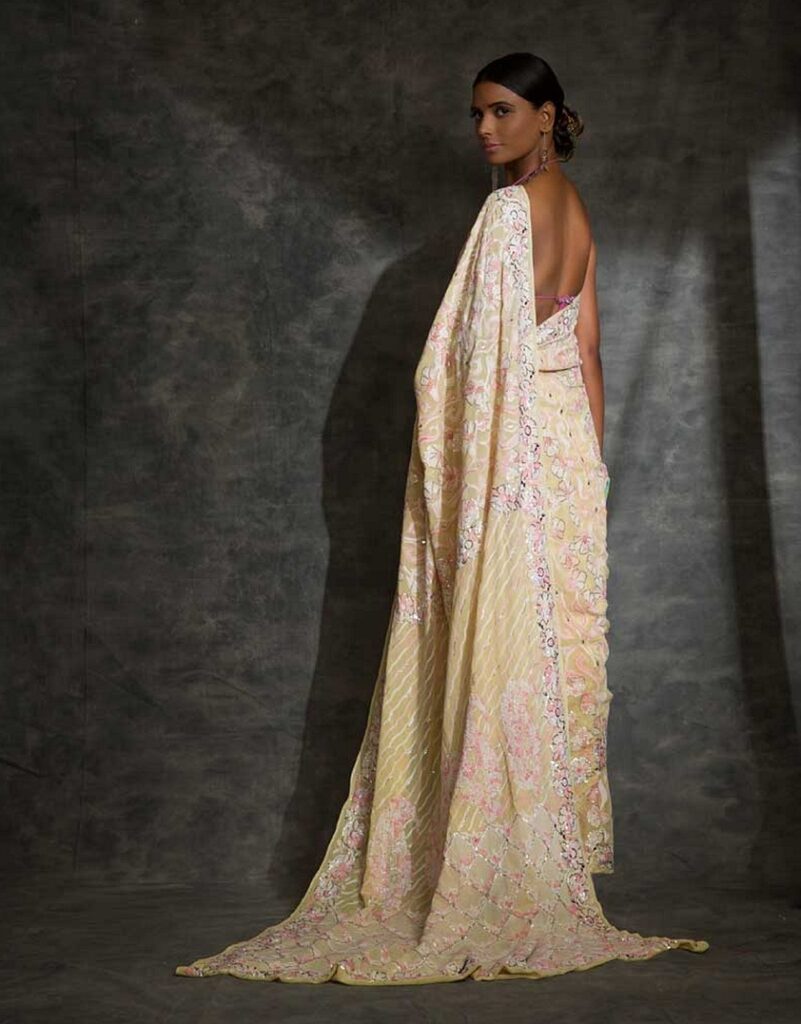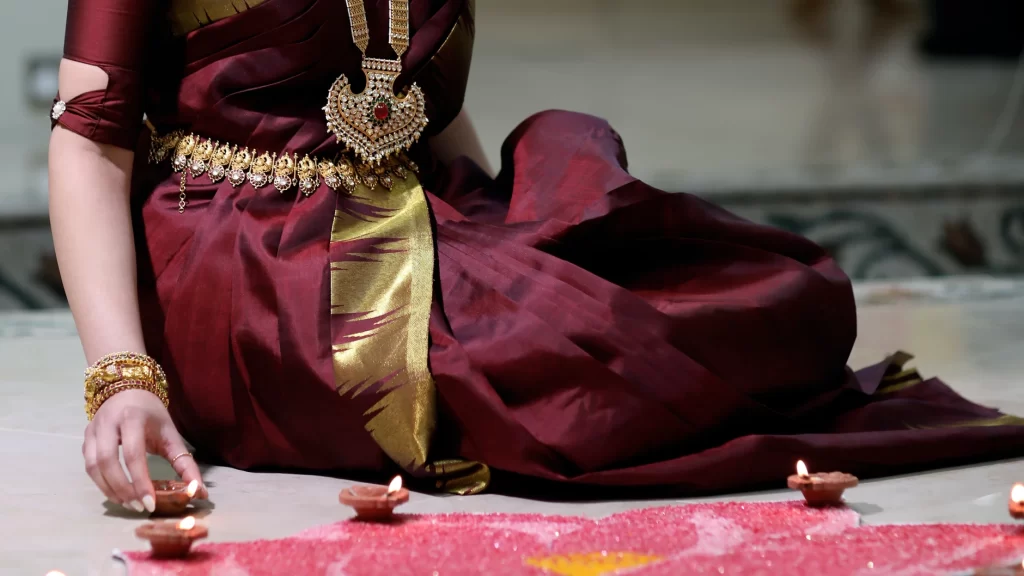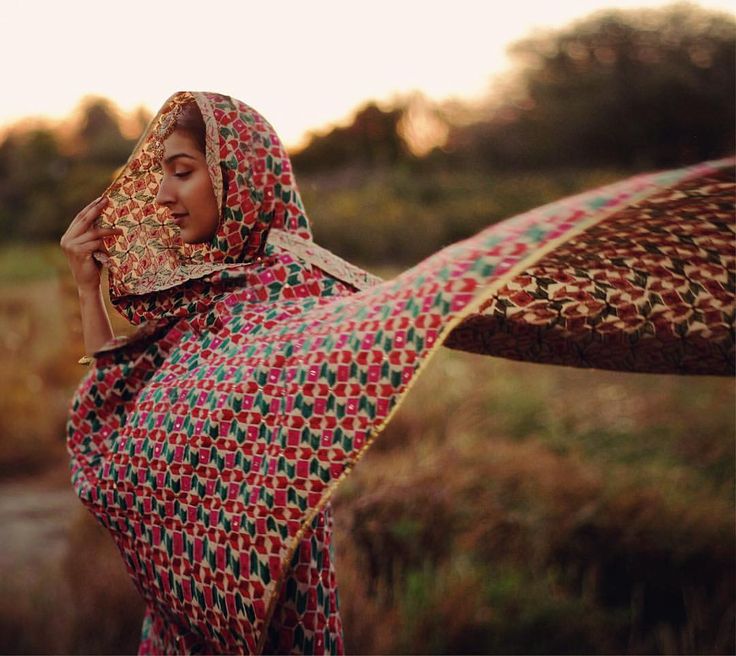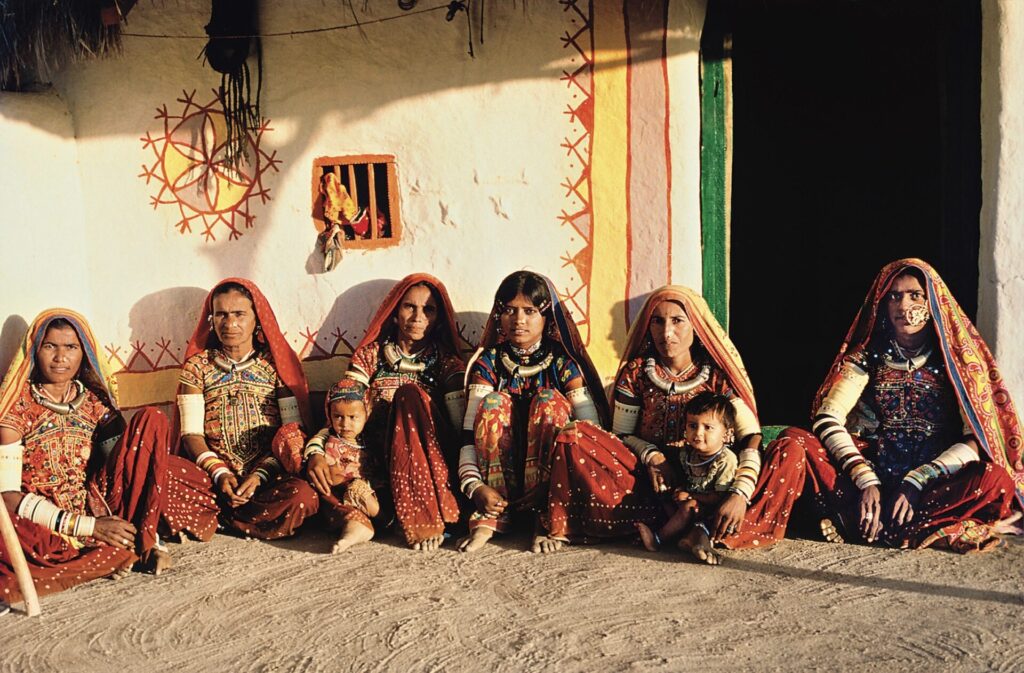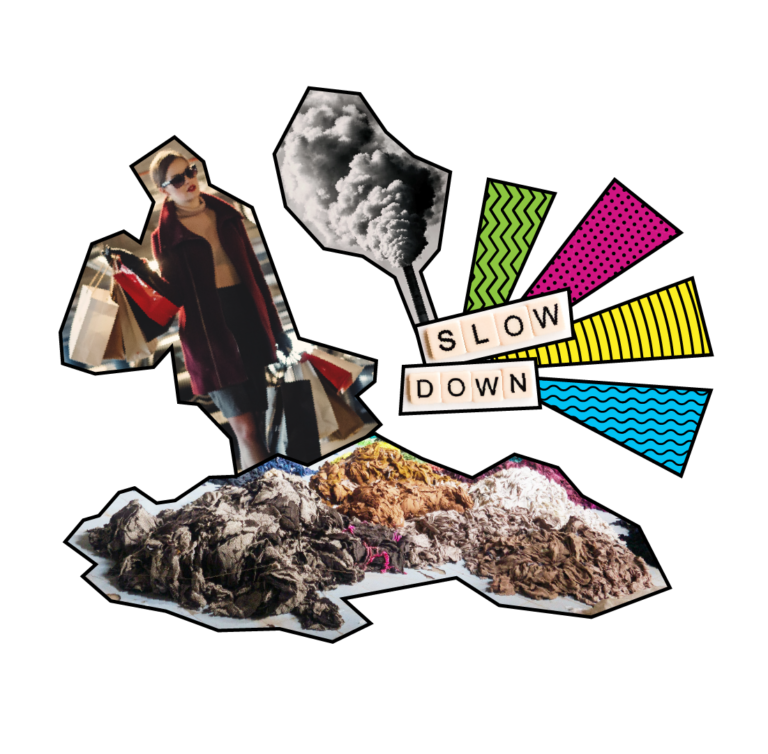Location: Lucknow, Uttar Pradesh
Chikankari is a hand embroidery style celebrated for its exquisite craftsmanship and delicate charm. Mostly associated with royalty and Nawabi culture, this timeless art form is nothing short of legendary. Its roots can be traced back to Persia, though the modern version has beautifully evolved into a distinct and captivating style in Lucknow, Uttar Pradesh, India. What sets Chikankari apart is its delicate, intricate patterns, skillfully crafted using white cotton threads on soft, pastel-coloured fabrics. Chikankari’s classic appeal and craftsmanship have helped it retain its popularity across generations, making it an integral part of India’s cultural and sartorial lineage.
Origin:
The origin of chikankari dates back many centuries. The fascinating tale of this craft began with the Mughals and their undying appreciation for artisanship, particularly during the reign of Emperor Jahangir and his wife, Empress Noor Jehan. It is believed, Noor Jehan was an ardent admirer of sophisticated needlework. She was impressed by the delicate Persian Chikankari (Chikan means embroidery in Persian) and brought skilled artisans from Persia to introduce and teach the art to the locals of the Awadh region.
Lucknow, the capital city of Awadh, became the hub of Chikankari’s development. Here, Chikankari flourished and grew into prominence. The Mughal nobility valued this craft, and it soon became an irreplaceable part of the regional heirloom. The present art form is an amalgamation of Persian aesthetics mixed with local craftsmanship and traditions. It is a living example of a harmonious blend that is enriched with excellence.
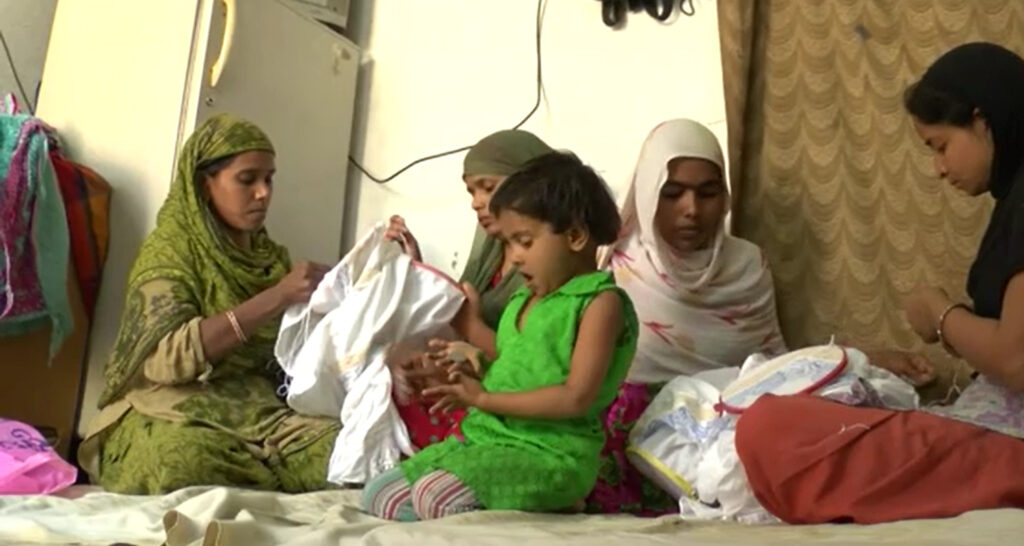
Chikankari currently also plays a significant role in the local economy, by providing a respectable source of livelihood for the women in rural areas around Lucknow. Many eminent Chikankari dealers and high-end shop owners in and around the city, with the help of SEWA (Self-Employed Women’s Association), have been actively providing employment opportunities to numerous skilled women. Many of these such women belong to families that have been pursuing the craft of Chikankari for generations.
Fabric and materials:
Chikankari is typically done on softer fabrics like voile, cotton, muslin, chiffon, georgette or tussar silk. The fabric is first stretched on a wooden frame and then the pattern is traced on it. Originally, white untwisted cotton threads known as taar were used to create the intricate patterns. However, these days, embroiderers experiment with coloured resham (silk blended) threads to give an edge to the existing vibrant design.
Various stitch forms are incorporated into Chikankari’s work. Some of the common stitches used in this embroidery style include taipchi (running stitch), pechni (shadow work), murri (raised dots), jali (net-like pattern), and hool (eyelet stitch). The combination of these stitches results in a classic, dainty finish.
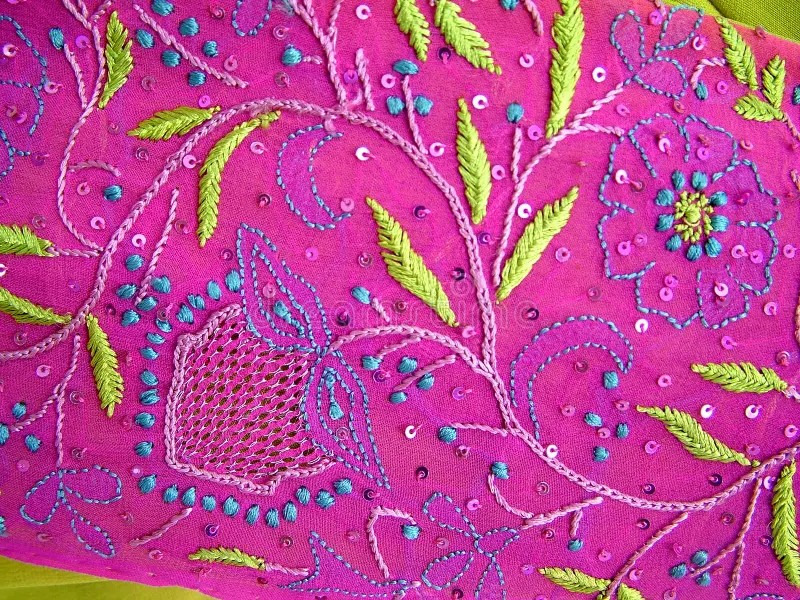
Design:
Drawing inspiration from nature, the designs and patterns for Chikankari embroidery include floral motifs, vines, paisleys and geometric shapes. Usually, the designs are traced onto the fabric before embroidery. But more skilled artisans often create the patterns directly, making each piece unique and distinct.
Chikankari, with its timelessness grace and meticulous craftsmanship, holds a quintessential place in India’s cultural heritage and is adored by fashion designers and enthusiasts, alike. Of late, it has created its niche and ventured into modern clothing, while blending traditional art with contemporary fashion sensibilities, impeccably. While Lucknow has remained an integral part of the creative evolution of Chikankari, different regions in India have developed variations of this embroidery style. Over the past few years, Chikankari has garnered international recognition by designers who are acknowledging its distinctive touch, making Chikankari even more diverse and captivating.
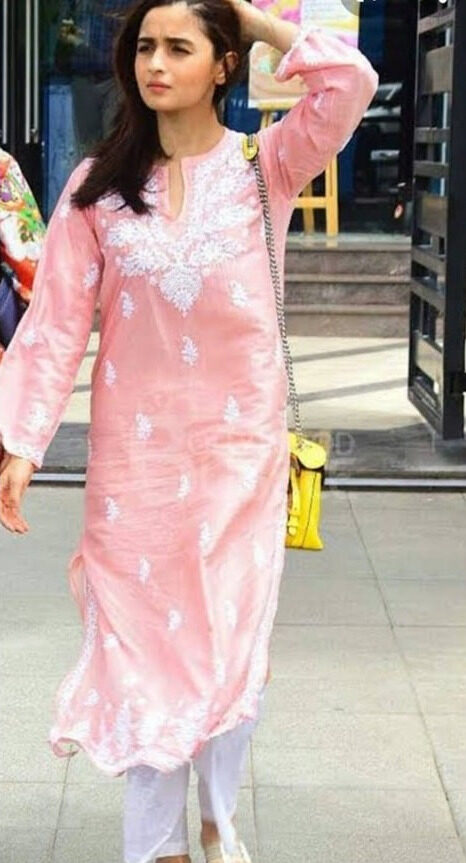
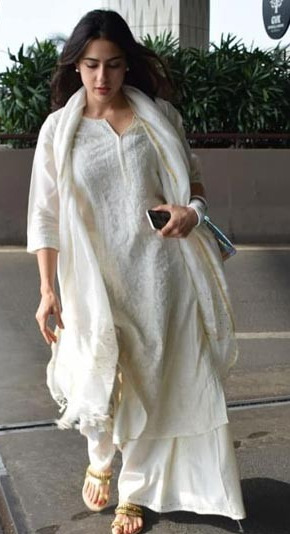
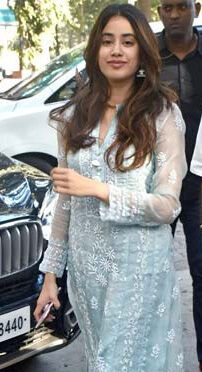
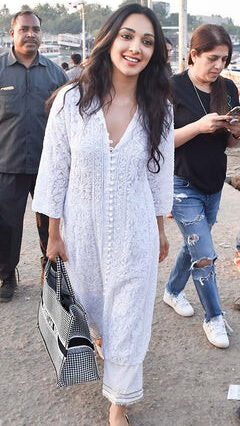
Buyer’s guide:
Chikankari sarees, kurtas, tops, skirts, shararas and palazzos rule summer fashion across the country. In fact, the art has been extended to accessories such as handbags, juttis, clutches, potlis, and home furnishings such as bed sheets, and cushion covers, too.
The cost of chikankari garments mostly depends on the base material and how fine the workmanship is. Quite a few options are available in the market, ranging from a few hundred to a few thousand. Buy as per your need and pocket. It is suggested that one should prefer fine thread work over rough ones. However, be cautious while purchasing a handmade Chikankari as some shopkeepers might try to pass off machine embroidery as Chikankari. You can easily spot the real deal just by giving a glance and with the feel of your fingers. The trick is to look for thicker threads and loose thread ends on the rear side.
Pro tip: Make a budget beforehand, and mention it to the shopkeeper as it helps you buy quality items without breaking your bank. In case you prefer to buy directly from manufacturers, the shops in Hazratganj and Aminabad may offer more variety as they have an in-house design and stitching team, so you’ll find a wide range of choices to match your style.
Looking for a modern update? Brands like Manvi offer gorgeous summer dresses, tops and pants with a relaxed aesthetic.
How to care:
Chikankari is a delicate form of hand embroidery, and so requires regular, gentle care. Check for loose threads and mend them promptly. Handwash or dry clean as needed. Air dry in the shade before storing. Iron inside out to preserve the threads. With proper care, your Chikankari garments will stay fresh and beautiful wear after wear.
